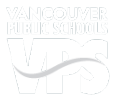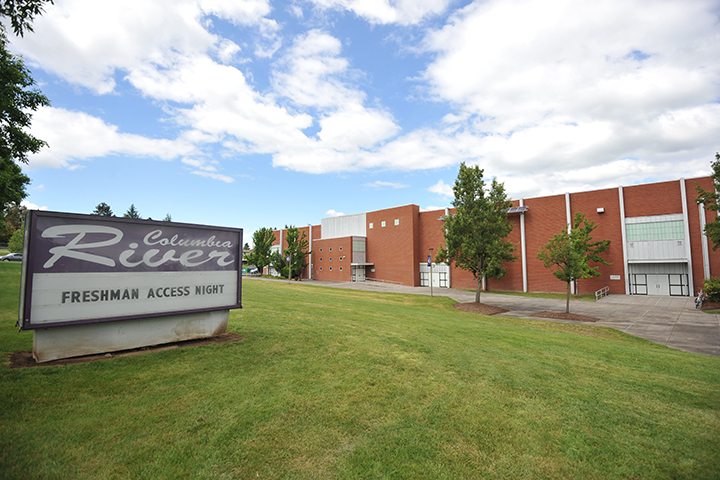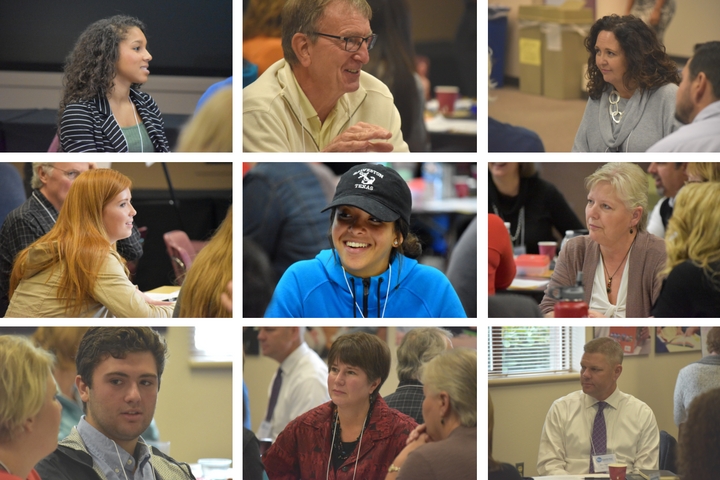The school’s exterior; outside of the 500 wing; the stadium’s capacity is not large enough for the number of fans and spectators; stadium bathrooms are inadequate; students, staff members, parents and community members discussed the future of the facility at an Oct. 5 symposium.
Re: Columbia River High School
After nearly a decade of research and planning and voter approval of a $3 million bond measure, Columbia River High School in September 1962 welcomed more than 800 students. River would serve generations of proud Chieftains during the next 54 years. The school has experienced success in its sports programs; extracurricular activities; and academic programs, with the implementation of the International Baccalaureate program in the mid-’90s and graduation rates hitting 92 percent in the 2014-15 school year. River also has been ranked among the best high schools in the state and nation.
While the school was expanded in the 1960s and remodeled in the 1990s to accommodate more students and keep pace with changing teaching and learning needs, portions of the building remain untouched. They include the 500 wing, which houses a photo lab, pottery studio, behavior- and academic-support programs and more. In addition, River’s stadium has received only limited upgrades.
River has faced facility-related challenges as a result:
- Restrooms: There are no restrooms in the 500 wing. The stadium has insufficient restrooms for its capacity.
- Access and capacity: The 500 wing is not connected to the main building. Students must walk through a parking lot in order to access it. The wing also does not meet current teaching and learning needs, and its capacity is limited.
- Age: After 54 years of use, the 500 wing has exceeded its lifespan as a facility.
- Stadium size: The seating capacity is 1,215, far below the number of fans and spectators who attend games.
Vancouver Public Schools is addressing these challenges by planning to upgrade the school and stadium. On Oct. 5, staff and board members, parents, students and community members engaged in a symposium to discuss the future of Columbia River High School. As a result of their feedback, planning teams created three concepts.
Symposium
The Oct. 5, 2016, symposium involved 55 people in a discussion about future learning needs and interior and exterior design considerations. Key themes that emerged from the discussion included:
- Community—strengthening partnerships with the community to provide students with new and real-world learning opportunities and to give the community opportunities to use the school
- Personalization of learning—meeting students’ individual and evolving learning and assessment needs while helping them find their passions and talents and continuing to hold them to high standards; using technology to individualize learning; offering hands-on, project-based learning; and letting students take ownership of their own learning
- Connections—collaborating among subject areas and fostering links among the school, parents, staff and community
- Flexibility—creating spaces that will support individual work and groups of varying sizes, as well as accommodating different learning styles and subjects
- Athletic opportunities—allowing more fans and spectators to attend games


